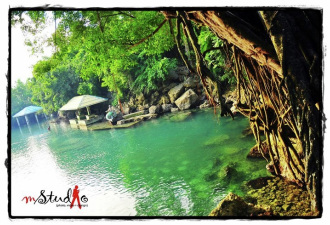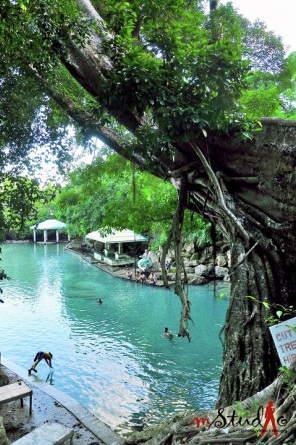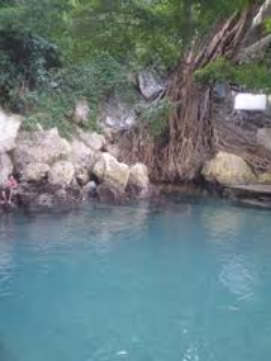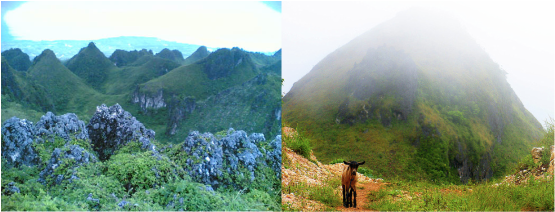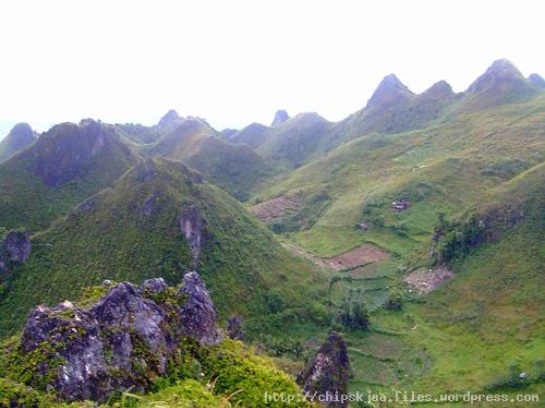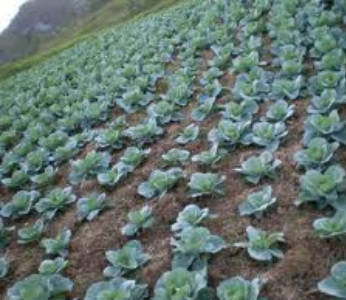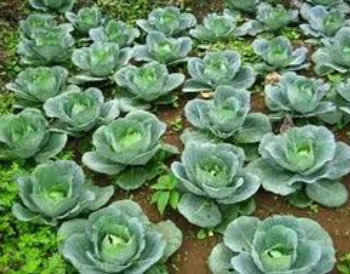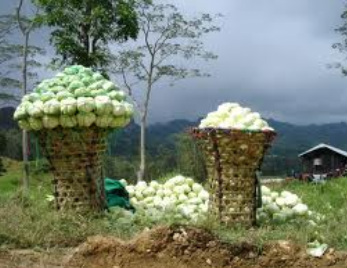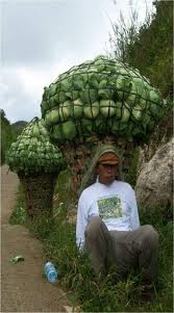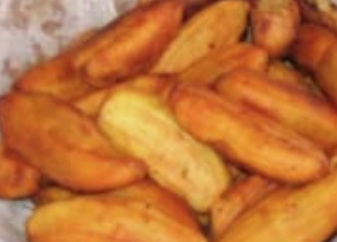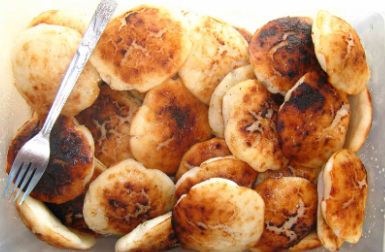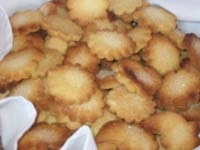Lesson
Plan in Statistics
- Objectives:
Throughout the period, the 4th
year students with 70% accuracy are expected to:
- Identify the different formulas used in finding the measures of central tendency of the ungrouped data;
- Explain the importance of finding the measures of central tendency;
- Solve problems involving on how to find the measures of central tendency of the ungrouped data.
- Subject Matter:
Concept:
Measures of Central Tendency
Topic:
Finding the Mean, Median, and Mode of Ungrouped Data
Skills:
problem – solving skills, reasoning, analyzing, critical thinking
kills
Values:
knowledge, patience, exactness
- Instructional Materials:
- References
Orance,
Orlando A. et al. 1996. Mathematical II. Concepts, Structures, and
methods for High School, Quezon City: Rex Printing Company Inc.
- Visual Materials:
Chart,
graphic organizers, cartolina, report card, calculator
- Procedure:
- Introduction:
The teacher shows a report
card to the students then asks the students on how the grades are
computed to get the weighted average.
The teacher calls someone to
demonstrate or present on the board and let the student explain what
he presented.
- Discussion:
After the explanation of the
student, the teacher introduces the topic which is the finding the
mean, median, and mode of the ungrouped data. Then discuss the
formula and steps in finding the measures of central tendency. After
a thorough discussion, the teacher presents a set of raw scores and
let the students solve for the measures of central tendency.
- Lecturette:
For an organize and clear
understanding of the topic, the teacher presents a graphic organizer
or chart summarizing the formulas and steps in finding the measures
of central tendency of the ungrouped data.
- Culmination:
Before closing the topic, the
teacher asks these following questions:
- What is the significance of finding the measures of central tendency of the ungrouped data?
- What is the purpose of finding such?
- Evaluation:
- The following are scores of 10 students in a mathematics quiz:
27,
30, 20, 25, 18, 20, 23, 29, 19, 15
Find
the mean, median, and mode.
- Assignment:
Which measures of central
tendency would best represent the following set of data?
- The average salary of the employees in a company.
- The average number of occupants in the household of a certain village.

